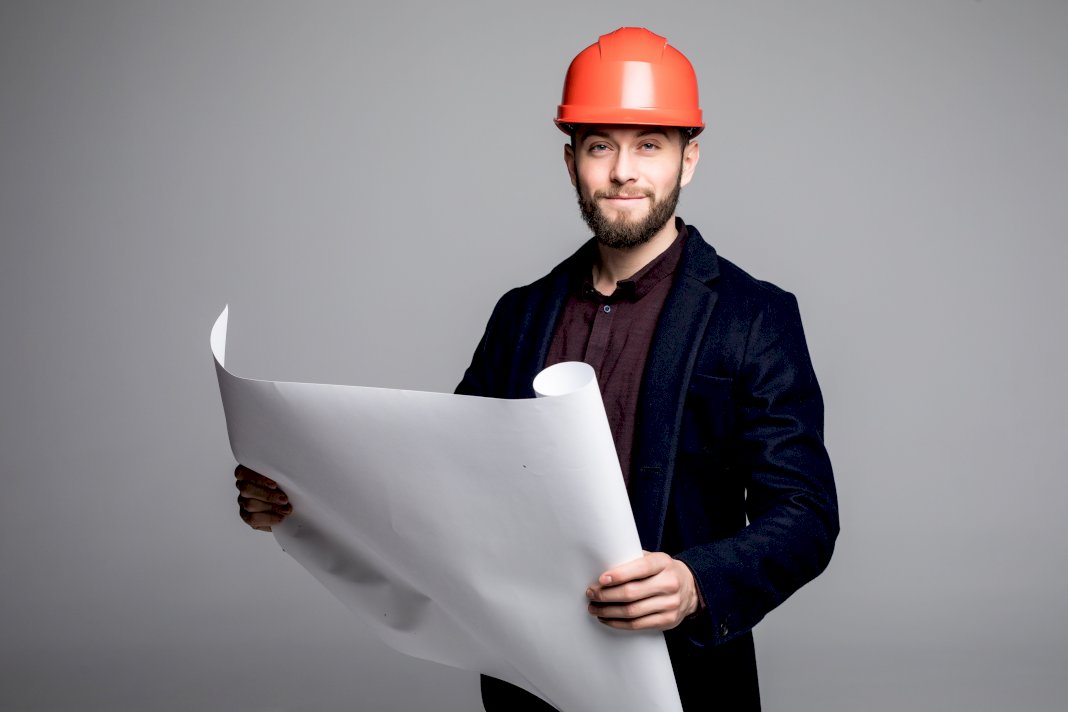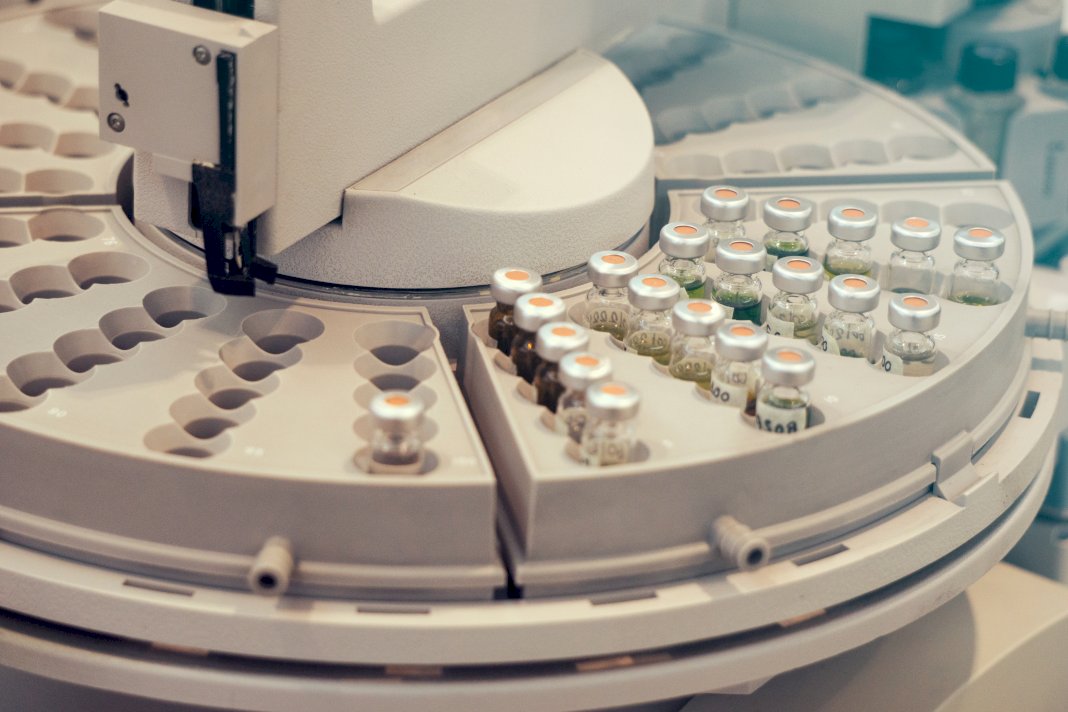Contents
- Pharmaceutical factory building design requires taking into account several key considerations.
- Machinery and laboratory equipment is necessary for production and quality control.
- Quality control protocols must be implemented throughout the manufacturing process to ensure the safety and effectiveness of products.
- Policies must be set up and implemented to ensure compliance with regulations and industry standards.
Starting a pharmaceutical business can be an exciting and rewarding endeavor. But before you can get your product on the shelves, you need to have a factory building that meets all the necessary requirements. Here are what goes into designing a standard pharmaceutical factory building and tips for ensuring that it meets industry standards.
Layout & Design Considerations
When designing a pharmaceutical factory building, there are several vital considerations that must be taken into account. The layout should allow for efficient workflow between departments and provide adequate ventilation and lighting throughout. Here are some areas to focus on:
Flooring
Durable flooring should be installed to meet the pharmaceutical industry’s stringent safety and hygiene requirements. Most companies opt for high-quality pharmaceutical epoxy flooring as it is sterile and easy to clean. It also provides good traction and slip resistance in high-traffic areas such as production lines.
Cleanrooms
Cleanrooms are essential for a pharmaceutical factory building, as they provide an environment free of contaminants and meet the requirements set out by the FDA. They should be designed with highly-efficient air filters to maintain a sterilized environment and adequate space for equipment and personnel.
Temperature & Humidity Control
The temperature and humidity within the factory should be controlled to maintain optimal conditions for production. This requires an HVAC system with a specialized control system that can monitor and adjust the climate as needed.
Lighting
Adequate lighting should also be provided throughout, especially in areas where fine details, such as research labs, must be seen. LED lights are usually preferred, as they provide bright illumination and are energy-efficient.
Security & Safety
Wooden or metal doors should be fitted with steel frames to improve security while also providing fire protection in the event of an emergency. Security cameras should also be installed throughout the factory building for monitoring purposes. Furthermore, automatic doors can be used for areas where personnel must enter or exit, such as laboratories.

Equipment Requirements
In addition to layout considerations, you’ll also need to equip your facility with the necessary machinery and equipment in order to meet production requirements. This includes items such as mixers, blenders, reactors, tank systems, and packaging machines which will all require maintenance on a regular basis.
You should also consider investing in laboratory equipment, such as microscopes or gas chromatographs, for quality control purposes. These are necessary for conducting tests and ensuring that the products being produced are of the highest quality.
In addition, be sure to invest in reliable data systems and software. Having a centralized system that can track production, inventory, deliveries, and other key metrics will help you stay on top of your operations and make more informed decisions.
Finally, depending on the type of product being produced, additional safety measures may need to be taken; for example, if hazardous ingredients are used, then extra precautions may need to be taken during manufacturing processes, such as wearing personal protective equipment (PPE).
Quality Control Protocols
It is also essential that quality control protocols are implemented throughout the entire manufacturing process in order to ensure that products are safe and effective when they reach customers.
This includes everything from checking raw materials against predetermined specifications before they enter production lines through final testing after packaging is complete. For instance, products should be tested for potency, purity, and stability before being released onto the market.
Additionally, it is crucial to have proper documentation systems in place so that records of each stage of production can be easily accessed by auditors or regulators when required.

Implementation of Policies
Lastly, it’s essential to set up and implement policies that will ensure compliance with regulations and industry standards. This should include procedures for handling hazardous materials and protocols for reporting any incidents or accidents in the factory.
Moreover, it is essential that all personnel working in the facility have access to safety training so they are aware of what to do in the event of an emergency. For starters, first aid kits should be made accessible in case of injury or illness.
If possible, it is also recommended to have a designated safety officer or compliance coordinator on-site to ensure that all policies and procedures are being followed.
Designing a pharmaceutical factory building requires careful planning and consideration in order to ensure compliance with industry regulations while meeting customer needs effectively. From layout considerations to quality control protocols, there are many factors that go into creating an optimal manufacturing environment for pharmaceutical products-but by following these guidelines, you can get your facility up and running quickly without sacrificing safety or efficiency.

